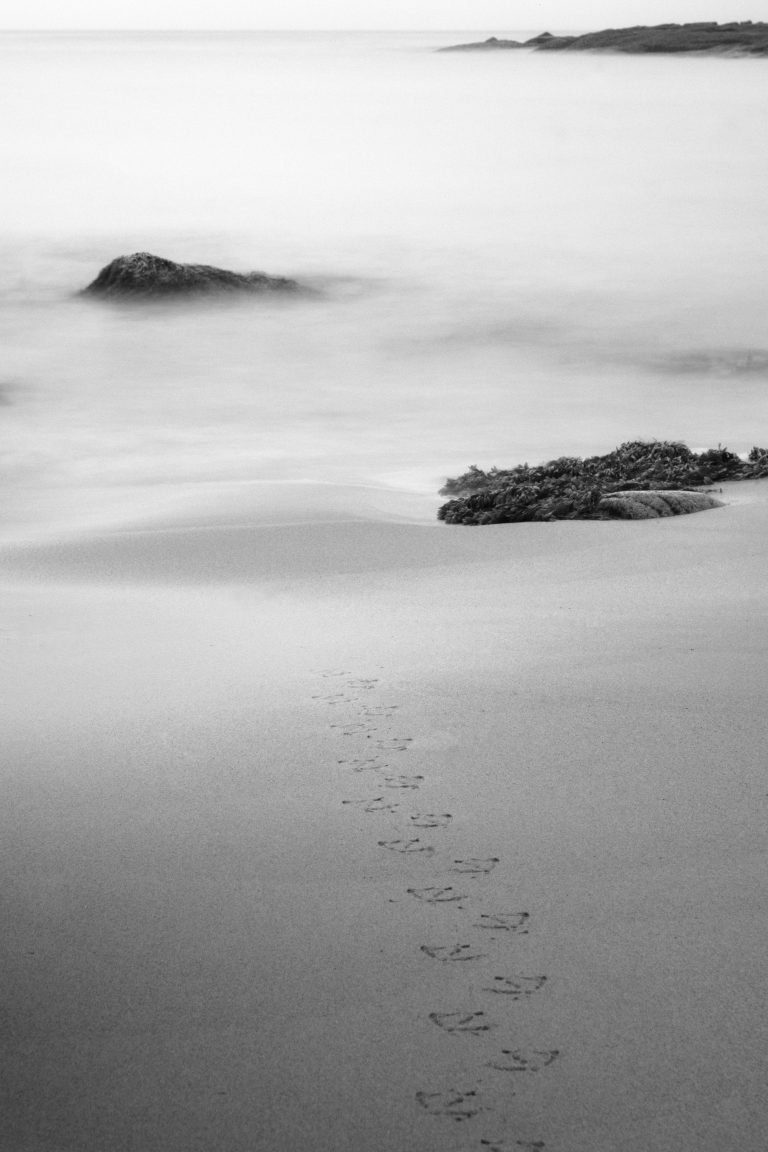-
-
AI gallery
I wanted to test some of the open source photo galleries. I used https://piwigo.org/ and have put many of my AI images on it. Note that some may be of questionable content; the tools I used to create images are uncensored and I left in many oddities that I thought are interesting to see. There…
-
Etsy Store
I recently opened an Etsy store. https://adrianhenslerphotos.etsy.com
-
AI | ChatGPT | Code | Photography
Adding EXIF data to an image with Windows command line
There was a post in a Facebook group ( https://www.facebook.com/groups/acdsee) asking how to add EXIF data to an image. The query was how to do this within ACDSee – this may be possible but I did not find the ability on a quick search. Seemed easy enough to do via command line. I started a…
-
AI | ChatGPT | OpenAI | Photography
ChatGPT GPT: PhotoFocus
ChatGPT introduced ‘GPTs’. I made one to answer photography questions. PhotoFocus GPT You do have to be a ‘ChatGPT Plus’ user.
-
Example of simple crops and adjustments in ACDSee
I made a video and put it up on YouTube; it’s an example of a typical edit from a RAW photo. It’s nothing fancy at all – I typically only do very basic modifications to a photo. As I’ve often been interested to see how others edit their photos, I thought I would share this…
-
ND1000 filter
I recently bought a cheap ND1000 filter. It casts an awful color on the long exposure, but is marketed for use into a final black and white image, so I can’t fault it for that. Original on the left, final result after some edits on the right. This is an image that I applied more…
-
Enlarger
Recently, my son purchased a 35mm camera – a Pentax K1000. He took a couple rolls worth of film; we developed it here and his shots turned out pretty well. Seemed like the next logical step was to buy an enlarger. We seem to have missed the timing on this by a bit. It was…
-
Welcome to adrianhensler.com
I’ve been taking pictures for a long time. I remember a relative buying me a tiny plastic toy film camera from a local convenience store at a very young age. I didn’t understand how the film worked, so I wasn’t nearly careful enough with it. My first photos were mostly ruined as the film had…
